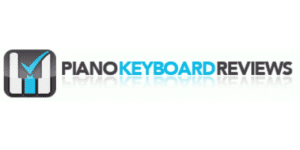Piano Keyboard Reviews - All About Pianos
How to Play Keyboard
How to Ship a Digital Piano
Recent Posts
Two essential tools for musicians are synthesizers and MIDI (Musical Instrument Digital Interface) controllers
Synthesizers and digital pianos are often compared because of their keyboard interfaces. However, these two instruments serve different purposes
Synthesizer vs DAW: A Comprehensive Comparison for Musicians
Understanding the differences between synthesizers and DAWs can help one make an informed decision about which tool to use in different scenarios.
Synthesizers and keyboards are often mistaken for one another, as they share many similarities in appearance and functionality.
Powerful and versatile, the Nord Wave 2 Synthesizer offers exceptional sound quality, intuitive interface, and hands-on controls for limitless sonic possibilities. Explore a world of creativity with...
Experience ultimate musical creativity with the Yamaha CK88 Stage Keyboard. Versatile, expressive, and built to perfection, this keyboard is a must-have for musicians seeking high-quality and...
